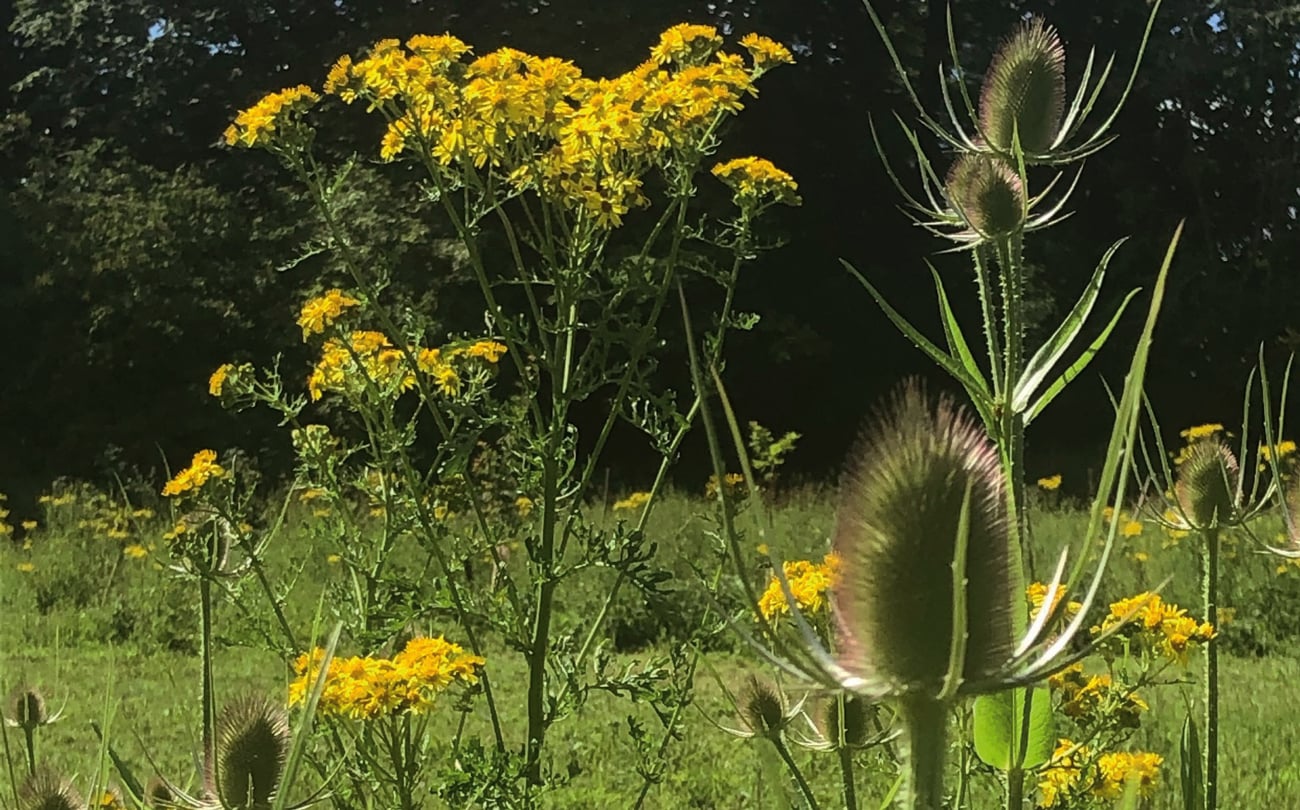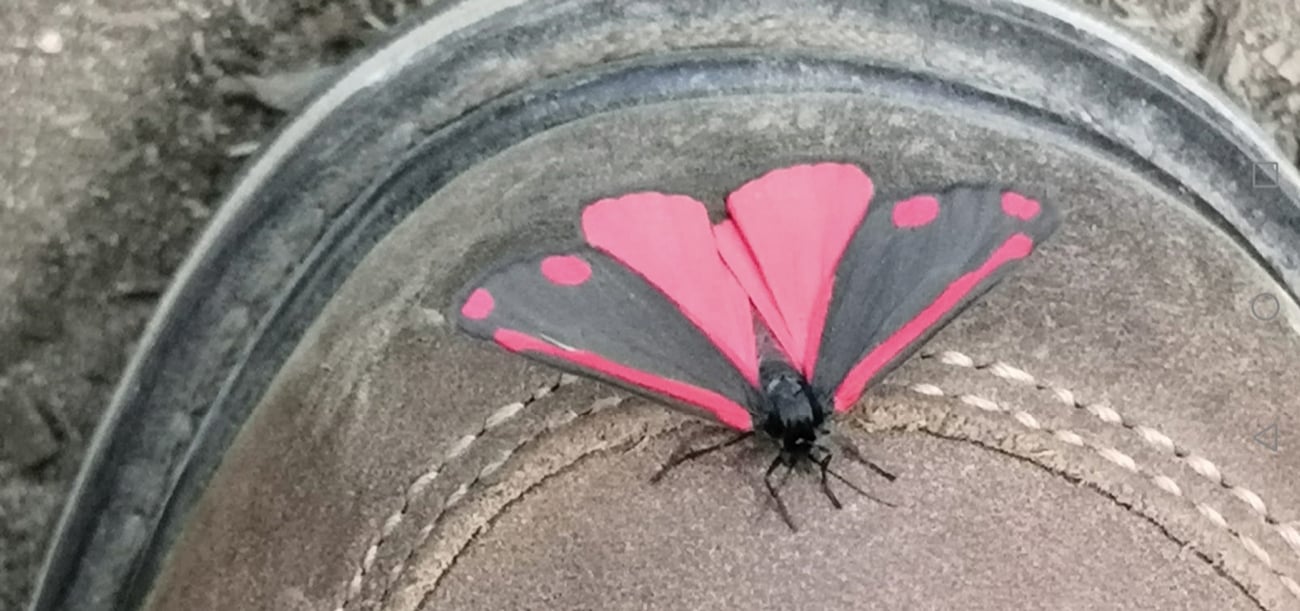
Are you feeling weedy? My grandmother would ask this if she thought I looked wane and feeble. An odd expression, as in my experience weeds don’t tend to suffer from feebleness. They are just waiting to colonise any space that might offer an opportunity. A crack in the pavement, a gutter, the fork of a tree – all can be home to some adventurous plant.
In my road, the convention is to park on the south side only, not to impede the traffic flow. The council road sweeper cannot get its brushes into the gutter that side and this year the resilient wild flowers have hopped from verge, over the kerb, into the road. There is now long thick green swathe of chickweed, plantain, lesser bindweed, silverweed and pineapple plant. Pineapple plant – Chamomilla suaveolens – smells to some of pineapple, to others of apples. The name derives from Greek from ‘apples on the ground’. Or, the name might have come from the rounded, yellow flowerheads suggesting a certain pineapple-ishness.
Every year the weather creates conditions which favour one plant over another. Could be a cold winter, or a wet spring or even a previous hot summer. But what could be the reason for noticeably larger sow thistles? They seem to have grown to monstrous proportions this year – I measured one at 6ft! Triffids.
When romantics think of fields of wild flowers, perhaps sow thistles do not immediately come to mind; they are definitely in the unloved ‘weed’ category. Even their Latin name Sonchus is less than musical. There are two forms; the prickly and the smooth, and they are often to be found growing together, and are one of the first colonisers of disturbed land.
Their name derived from the early belief that the juice in the stem increased the milk yield of sows – even nursing mothers were thought to benefit from drinking the latex.

The smooth leaved variety, according to the Roman historian Pliny the Elder, was turned into a sort of porridge and given to Theseus before he did battle with the Minotaur – to give him strength and courage. It is said that the leaves can be eaten raw in salad. Perhaps as an antidote to ‘weediness’?
Our green spaces have been particularly valuable during these recent months. Conservation work has continued on Beryl Harvey Fields – with volunteers attempting to bring a balance between the arch-colonisers like rosebay willow herb – and our much loved orchids. What to do about ragwort? This bright yellow flower has hugely multiplied – it is a most prolific seed-setter. It is a prescribed weed and mentioned in the 1959 Weed Act’s list, but it is great for butterflies, bees and other insects – and in particular the caterpillars of the stunning cinnabar moth.
Many people have told me how much they have loved going to Beryl Harvey Fields during this difficult time. It has been a place for quiet meditation, even some therapeutic tree-hugging of our large oaks.
If you would like to know more about our conservation site in Cranleigh please contact Philip Townsend at
By Miki Marks











